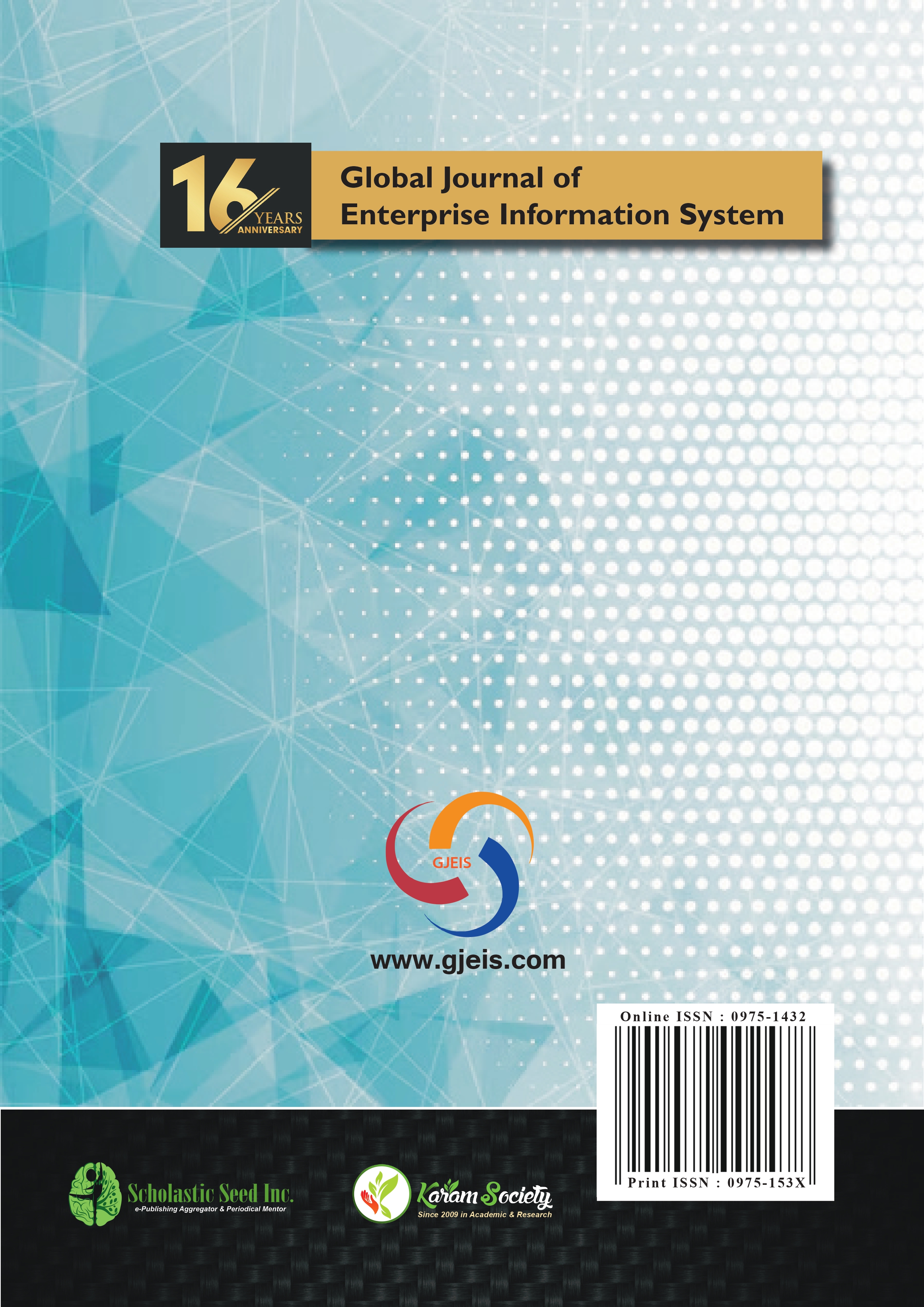Risk Mitigation through Target Cost of Capital - A Prescriptive Analytic Quadratic Programming Model For Start-Ups
Abstract
The tie-break between risk and return is a long-term challenge for the risk practitioners. Optimizing between
cost of capital and risk proxied by leverages viz., operating and financial leverages is the objective of this model building
exercise. The leverages are providing incentives when the cost to the owners and to other stake-holders in terms of risk
is pungent. This issue is very rampant among the start-up digipreneurs. To strike a tie between cost of capital, for which
Weighted Average Cost of Capital (WACC) is substituted, and leverages, the Quadratic Programming (QP) tool has been
utilized. In QP, single linear convex WACC constraint function is strategised with a maximum WACC when the objective
quadratic function is utilized with an orientation of maximization. The purpose of this research paper is to bring out a risk
mitigation model with high leverage in a given cost of capital. An application of this model will provide a decision support
in the areas of determining capital structure, cost of capital, indifference point, risk assumption, and management of cost
between leverages. This Model also helps to suggest strategies using sensitivity analytics as extension
Copyright (c) 2020 Global Journal of Enterprise Information System

This work is licensed under a Creative Commons Attribution-NonCommercial-NoDerivatives 4.0 International License.








